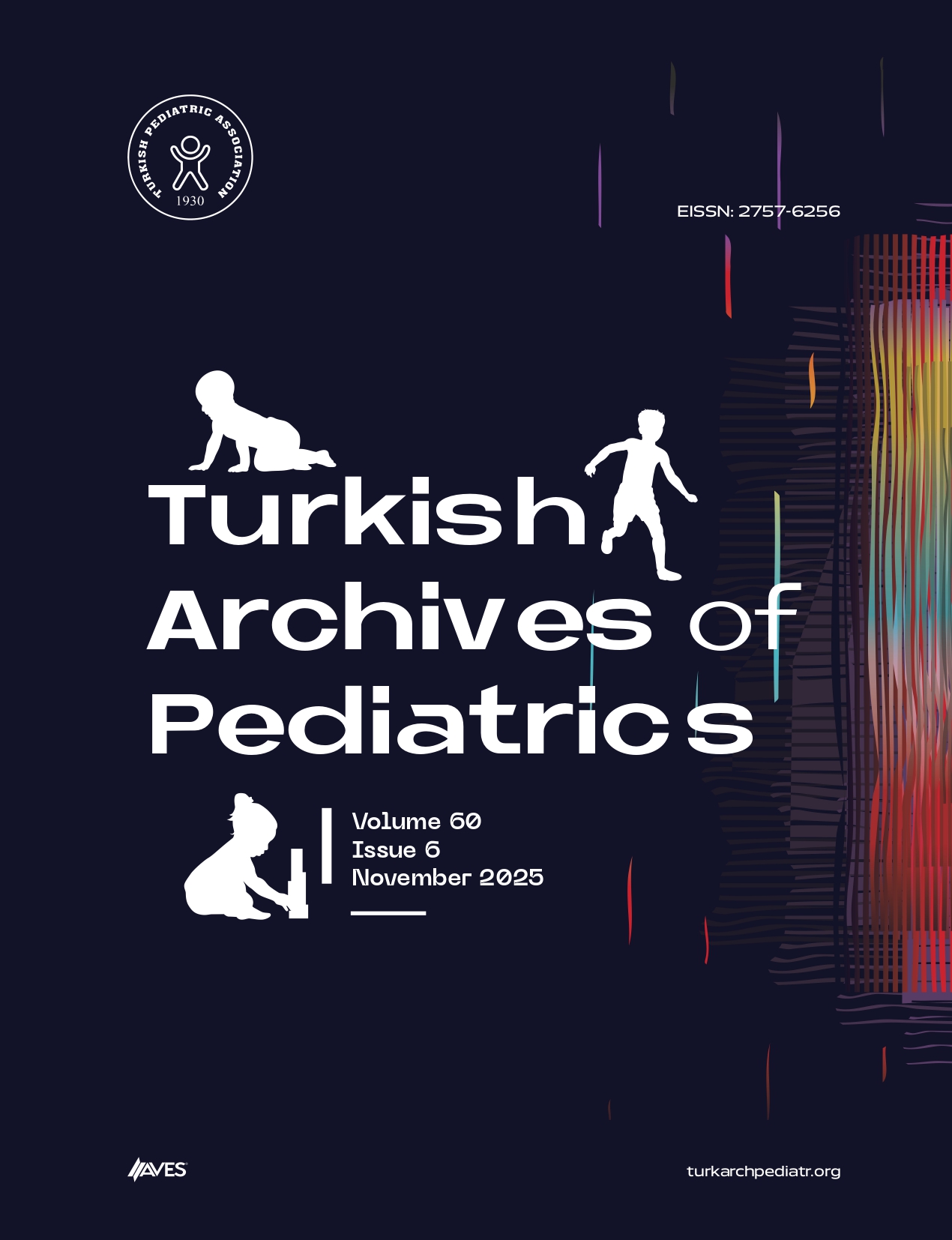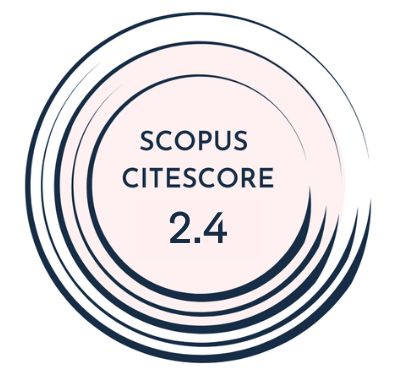Objective: Non-Hodgkin lymphoma (NHL) encompasses a broad range of lymphoid malignancies, among which lymphoblastic lymphoma (LBL) is one of the most prevalent subtypes in pediatric populations. Lymphoblastic lymphoma is further categorized into T-lymphoblastic lymphoma (T-LBL) and precursor B-lymphoblastic lymphoma (B-LBL), collectively representing approximately 20%-25% of all pediatric NHL cases. Advances in treatment strategies adapted from acute lymphoblastic leukemia (ALL) have significantly improved the prognosis of patients diagnosed with LBL. This study aims to review the institutional experience with children diagnosed with LBL and their demographic characteristics, clinical presentation, treatment outcomes, and survival rates over a period of more than 3 decades.
Materials and Methods: A retrospective review was performed on children diagnosed with LBL between 1990 and 2022. Information was gathered regarding patient demographics, disease stage at diagnosis, treatment regimens, and clinical outcomes.
Results: The cohort included 18 pediatric patients, 13 (72.2%) with T-LBL, and 5 (27.8%) with B-LBL. Most patients with T-LBL presented at advanced stages (III or IV), while patients with B-LBL often presented at earlier stages. T-lymphoblastic lymphoma commonly involved the mediastinum, while B-LBL was associated with skin, lymph node, and skeletal lesions. One patient died from sepsis in the 1990s and 1 from central nervous system relapse, while the rest of the patients survived. Treatment based on ALL regimens resulted in a 5-year event-free and overall survival rate of 88.5%.
Conclusion: Modern treatment strategies, including those adapted from ALL regimens, have significantly improved survival outcomes for pediatric LBL patients. This study underscores the effectiveness of these treatments in achieving high survival rates.
Cite this article as: Yildirim UM, Kebudi R, Şenol BK, Zülfikar B. Advances in pediatric lymphoblastic lymphoma: demographic, clinical characteristics, treatment and long-term outcome: A single-center retrospective analysis. Turk Arch Pediatr. 2025;60(4):379-383.



.png)

